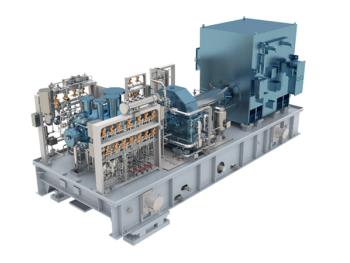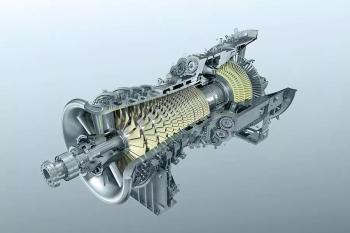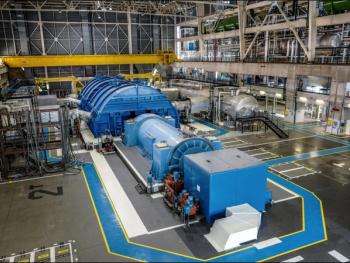
- May/June 2023
- Volume 64
- Issue 3
WTUI 2023 Show Report: Innovation and Technologies
Innovation that allows turbine systems to increase performance in various ambient conditions was a hot topic in break-out sessions at WTUI 2023.
Western Turbine Users Inc. (WTUI) began in the 80s with a small gathering of owners and operators of gas turbines for power generation in California. It has since evolved into a global network, helping its membership grapple with worldwide changes, including the decommissioning of large baseload units as more power is supplied by newer, renewable energy sources, said Ed Jackson, WTUI president.
More than 1,000 people from 25 countries and 46 U.S. states gathered in San Diego, CA, March 12–15, 2023 for WTUI’s 32nd annual conference and exhibition since its official incorporation in 1990, It was WTUI’s first in-person gathering since 2019.
New Technologies
Innovation that allows turbine systems to increase performance in various ambient conditions was a key topic of discussion in break-out sessions. Fogging, mechanical chilling, evaporative chilling, and inlet heat were among the subjects showcased at WTUI.
A Closed-Loop CO2 System
Industrom Power, a Houston-based startup founded by GE veterans, introduced its ready-to-launch, closed-loop CO2 system that, according to the company, can boost turbine plant power up to 20% and improve its heat rate by as much as 17%.
Wet Fogging
ProEnergy Services analyzed various turbine-cooling methods before determining its best investment would be an innovative fogging technology that can be combined with its wet-compression technology for superior outcomes, according to Constantin Dinu, a senior performance engineer at ProEnergy Services. The goal of the innovative system, still under development, is to improve a plant’s power output by 10% percent.
Cleaning Up
The quest for cleaner fuel production has driven innovation in selective catalytic reduction (SCR), a technology introduced in the 1950s to control nitrogen oxides (NOx).
When a power plant is designed and permitted, the needed SCR is determined by various factors. These include how many turbine starts are anticipated, how many hours a year it will run, and the expected load, Dan Johnson, P.E., Senior Director of Sales at CORMETECH.
The full show report will be available in Turbomachinery International's May/June print issue.
Articles in this issue
over 2 years ago
Myth: The End is Near … I Have Rotordynamic Cross-Coupled Forcesover 2 years ago
How Settle-Out Pressure Impacts Compressorsover 2 years ago
Maximizing Hole Measuring with Bore Gagesover 2 years ago
Ushering in the Next Generation of Compressor Lube Oil Systemsover 2 years ago
The ‘Green New Era’ for Turbomachinery?Newsletter
Power your knowledge with the latest in turbine technology, engineering advances, and energy solutions—subscribe to Turbomachinery International today.




